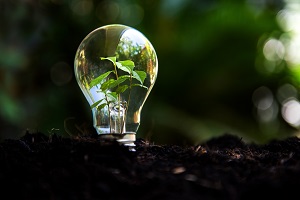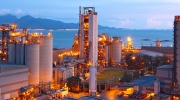Hydrogen, a new Eldorado for energy?
Hydrogen is a new competitive, renewable energy source which causes less pollution and offers interesting advantages because it can be stored and transported and which is really taking off in the transport and industrial markets.

Indeed, in certain activities, it may represent a competitive energy alternative, particularly in transport. For road transport, hydrogen offers multiple advantages. Stored in fuel-cell batteries which are much lighter than those used in electric trucks which limit the transportable payload, hydrogen offers a clear competitive advantage compared with electricity. In this context, developments are under way for air freight (by an alliance between Alstom and Engie), aviation (Airbus, Safran and GE are working with this energy source in the form of a gas compressed at high pressure or a liquid at– 253°C) and cargo ships.
However, some people have raised the alert against its use in configurations where electricity is a better solution, such as residential heating or private vehicles. It’s not a solution suitable for all situations!
In the United States, hydrogen production already amounts to ten million tonnes annually, the equivalent of about 10 % of the volumes worldwide. However, this mainly involves "gray" hydrogen derived from natural gas without capturing the CO2 emissions, so it does generate pollution. So is it gray, green or blue hydrogen? What’s the difference? Gray hydrogen is a source of pollution, while green hydrogen is derived from renewable energies and blue hydrogen is produced from natural gas with CO2 capture.
Aware of the stakes of this energy transition, the USA is investing 8 billion dollars in the creation of regional "green" hydrogen platforms for sectors which are difficult to decarbonize in heavy industries such as oil refining, steelmaking and production of ammoniac for fertilizers, which are the main consumers of “gray” hydrogen. Instead of just an energy source, hydrogen will probably the energy vector of the future, as long as its full life cycle is taken into account, from production to use.
Discover the hydrogen offering, very high temperature sensors and controllers from Pyrocontrole - Chauvin Arnoux Group.














